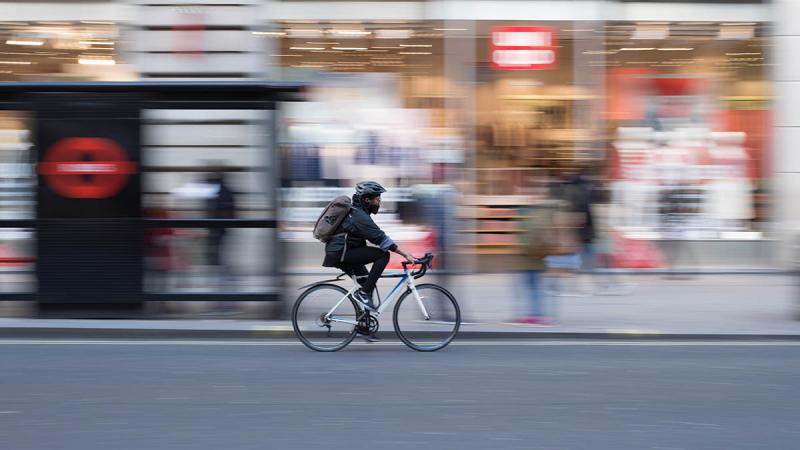Typical cycle infrastructure in Britain is not keeping cyclists safe, according to the results from a recently completed study by the University of Westminster and funded by the Road Safety Trust.

The research has now been published in the journal Accident Analysis and Prevention and in the International Journal of Environmental Research and Public Health, with a related study just for London published in Findings.
The study, led by the University of Westminster’s Professor Rachel Aldred, highlights a range of familiar and less familiar risk factors for people cycling. For instance, main (A) roads tend to be riskier, as do wider roads. Unusually the study looked at the impact of high streets, defined as having clusters of retail and related premises. Like A roads, high streets were found to increase risk for people cycling.
One of the most startling results was that infrastructure typically designated for cycling may put cyclists at increased risk. Painted cycle lanes and shared bus lanes tended to increase the likelihood of injury, compared to there being no such infrastructure. Cycle infrastructure separated from traffic was better, but still did not reduce risk. This was different from a related study in London, which found that good quality cycle tracks were strongly protective.
Other results highlighted the danger posed by intersections, with the worst types of intersections for cyclists being roundabouts. Typical UK roundabouts don’t have cycle infrastructure and have wide entrances and exits for motor vehicles, meaning that drivers are speeding up just when cyclists are most vulnerable. Petrol stations and car parks increased risk too – as did pedestrian guard railing, which was also found in an earlier TfL study to increase collisions, but is still being installed in towns and cities across the UK.
Like other research this study found that there was ‘safety in numbers’: where more people were cycling, each individual cyclist was safer. This highlights the additional safety benefit from creating routes and infrastructure that attract new cyclists.
The study used an innovative ‘case-crossover’ method that looks at risk per cyclist. This allowed the researchers to distinguish between locations that have more injuries because there are more cyclists, and locations that have more injuries because each cyclist is at higher risk.
The research used police data for people injured commuting in Britain in the 2017 morning peak. It compared the injury locations to locations randomly selected from their routes before they were injured. Because the researchers did not have actual routes, the Cyclestreets journey planner was used to model the routes the commuters followed.
Talking about the study, Professor Aldred said: “These findings show that typical infrastructure used by cyclists is failing to protect cyclists in Britain and may even make things worse. Studies in London and internationally show that good cycle infrastructure can reduce risk. But this research shows that typical UK cycling environments – like narrow advisory lanes, shared footways, and shared bus lanes – don’t keep cyclists safe.”
Professor Aldred and her team have created a video explaining the research which is available to watch on Vimeo.


